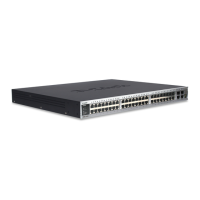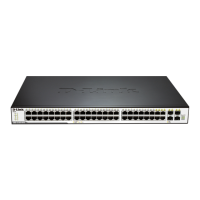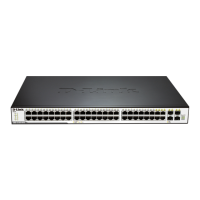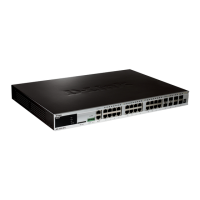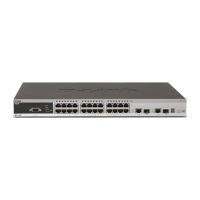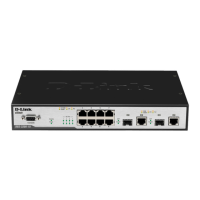MAC address + destination MAC address, source IP address, destination IP address and
source IP address + destination IP address packets. The aggregateport load-balance
command can be used to set the traffic distribution style.
The source MAC address traffic balance balancing means that the messages are distributed
onto each member link of AP according to the source MAC addresses of the packets.
Packets with different source MAC addresses are forwarded to different member links. The
packets with the same source MAC are forwarded from the same member link.
The traffic balancing based on destination MAC addresses is to distribute the packets to
every member link of the AP according to the destination MAC addresses of the packets.
Packets with the same packets from the destination MAC addresses are forwarded from the
same member links. The packets with the different destination MAC are forwarded from the
different member links.
The traffic balancing based on source + destination MAC addresses is the process to
distribute the packets to every member link of the AP according to the source MAC +
destination MAC addresses of the packets. The packets with difference source + destination
MAC addresses can be distributed to the member link of the same AP.
The traffic balancing based on source or destination IP addresses is the process to distribute
the packets according to their source or destination IP addresses. Packets with different
source or destination IP addresses are forwarded to different member links. The packets
with the same source or destination IP addresses are forwarded from the same member link.
This traffic balancing mode is used for the L3 packets. If L2 packets are received when this
mode is used, the traffic is balanced automatically according to the source or destination
MAC address of the L2 packets.
The traffic balancing based on source + destination IP addresses is the process to distribute
the packets according to their source + destination IP addresses. This traffic balancing mode
is used for the L3 packets. If L2 packets are received when this mode is used, the traffic is
balanced according to the MAC addresses of the L2 packets. The packets with difference
source + destination IP addresses can be distributed to the member link of the same AP.
An appropriate traffic distribution method should be set according to the different network
environments, so that the traffic can be evenly distributed to the links for making full use of
the network bandwidth.
In the following diagram, a switch communicates with a router through the AP, and the router
serves as the gateway for all the devices within the internal network (such as four PCs on
the top of the diagram). The source MAC addresses of all the packets that the devices within
the external network (such as two PCs at the bottom of the diagram) sent through the router
are the MAC address of the gateway. In order to share the load of the traffic between the
router and other hosts to other links, the traffic balancing should be performed according to
the destination MAC address. However, the traffic balancing should be performed according
to the source MAC address on the switch.
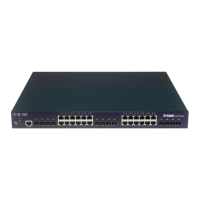
